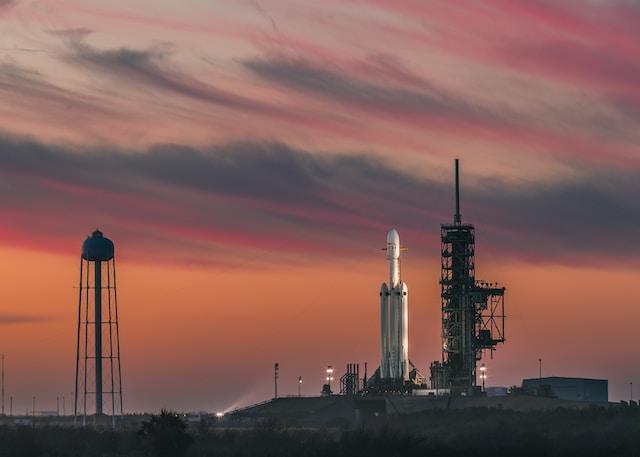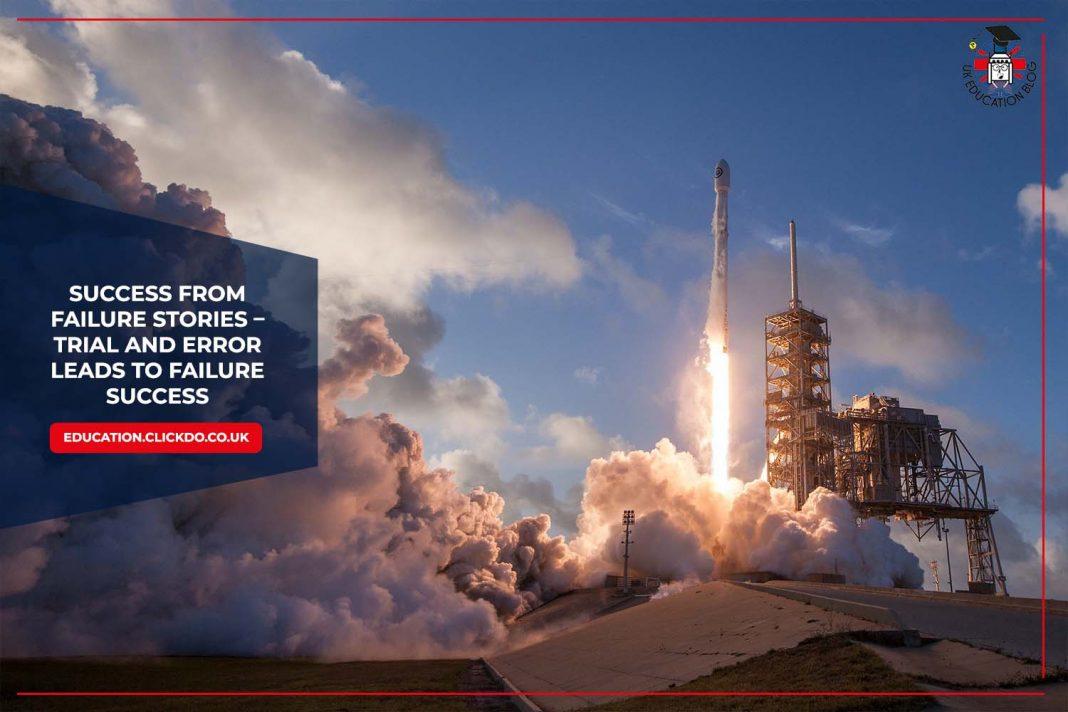How India’s Chandrayaan-3 Mission made History by landing on the Moon’s South Pole after failed Missions
India has achieved a historic feat by becoming the first country to land a spacecraft near the south pole of the moon. The Chandrayaan-3 mission, which launched on 14 July 2023, successfully touched down on the lunar surface on 23 August 2023, just days after a Russian attempt ended in a crash.
The Chandrayaan-3 mission, which means “mooncraft” in Sanskrit, is the culmination of years of hard work, perseverance, and learning from past failures by the Indian Space Research Organization (ISRO).
The Story of India’s Moon Mission Programme

The moon mission program started in 2008 with Chandrayaan-1, which was India’s first lunar orbiter and impactor using a lunar probe that crashed into the surface. It provided valuable data on the presence of water molecules on the lunar surface, especially near the poles. It also mapped the topography, mineralogy, and chemical composition of the moon.
The second mission, Chandrayaan-2, was launched in 2019 with an orbiter, a lander, and a rover. It aimed to make a soft landing on the South Pole and study its environment and resources. However, the lander lost contact with the orbiter during the final descent and crashed near the intended landing site. The orbiter, however, continued to function and relayed high-resolution images and data of the lunar terrain.
The third mission, Chandrayaan-3, was launched in 2023 with an improved lander and rover. It followed a similar trajectory as Chandrayaan-2 but with more precise navigation and control systems. It successfully touched down on the South Pole on 23 August 2023, making history as the first-ever spacecraft to do so. The six-wheeled rover then rolled out of the lander and began exploring the lunar region, conducting various experiments, and sending back images and data.
What Lessons were learned through India’s Moon Mission Programme that led to the successful Moon Landing after past Failures?
Some of the lessons learned through India’s moon mission program that led to the successful moon landing are:
1. The importance of persistence and resilience in overcoming challenges and failures.
ISRO did not give up after Chandrayaan-2’s setback, but instead analysed what went wrong and improved its design and technology for Chandrayaan-3.
2. The value of innovation and creativity in finding solutions to complex problems.
ISRO developed its own indigenous rockets, spacecraft, and instruments, using cost-effective and efficient methods. It also leveraged its existing infrastructure and expertise from previous missions.
3. The significance of collaboration and cooperation in achieving common goals.
ISRO worked with various national and international partners, such as NASA, ESA, JAXA, and others, to share data, resources, and knowledge. It also engaged with the public and media to raise awareness and support for its missions.
4. The potential of exploration and discovery in advancing science and humanity.
ISRO’s missions have contributed to our understanding of the moon’s origin, evolution, and resources. They have also inspired millions of people, especially young Indians, to pursue their dreams and aspirations in science and technology.

Key Takeaways from this Success from Failure Story
-
The success of Chandrayaan-3 is a testament to the team’s resilience and determination to overcome past failures and achieve new heights in space exploration.
-
It demonstrates the role of global cooperation and competition and how all lessons learned contribute to new achievements.
-
With this mission, India joins a select group of the most powerful countries – the US, Soviet Union, and China – that have successfully landed a spacecraft on the moon.
-
It becomes the first to explore a region that could hold the key to unlocking the secrets of our nearest celestial neighbour and paving the way for future human exploration, giving India access to highly valuable data. This could enable the establishment of a permanent human base on the moon in the future.
-
It acts as a source of pride and inspiration for all Indians and for the world as it shows that anything is possible with the right mindset and commitment.
-
The landing was a complex and risky maneuver that required precise timing and navigation with the latest technology. The Vikram lander’s final descent was autonomous, with no human intervention or communication possible.
-
The next step will be to deploy the Pragyaan rover, which will explore the surroundings to gather further data and insights that will lead to more knowledge and development. The instruments it is equipped with will help analyse the composition of the lunar soil and rocks and look for signs of water ice.
Closing Thoughts
Considering that failure has led to this success story, from vital lessons learned, we must acknowledge that without trial and error, there is no learning, and without failure, there is no advancement. Hopefully, such success-failure stories will resonate with the education sector worldwide and lead to innovation in education.
Author Profile

- Editor in Chief
- Blogger and Educator by Passion | Senior Online Media & PR Strategist at ClickDo Ltd. | Contributor to many Education, Business & Lifestyle Blogs in the United Kingdom & Germany | Summer Course Student at the London School of Journalism and Course Instructor at the SeekaHost University.
Latest entries
 ed techMay 11, 2025Best 5 STEM Subjects Apps for Teenagers
ed techMay 11, 2025Best 5 STEM Subjects Apps for Teenagers careerApril 15, 2025Top 6 Student Side Hustles To Earn While You Learn
careerApril 15, 2025Top 6 Student Side Hustles To Earn While You Learn careerMarch 11, 2025The Smart Student’s Guide to Picking a Degree That Actually Pays Off
careerMarch 11, 2025The Smart Student’s Guide to Picking a Degree That Actually Pays Off ed techFebruary 19, 2025How AI Voice Generators Are Transforming the E-Learning Industry
ed techFebruary 19, 2025How AI Voice Generators Are Transforming the E-Learning Industry







